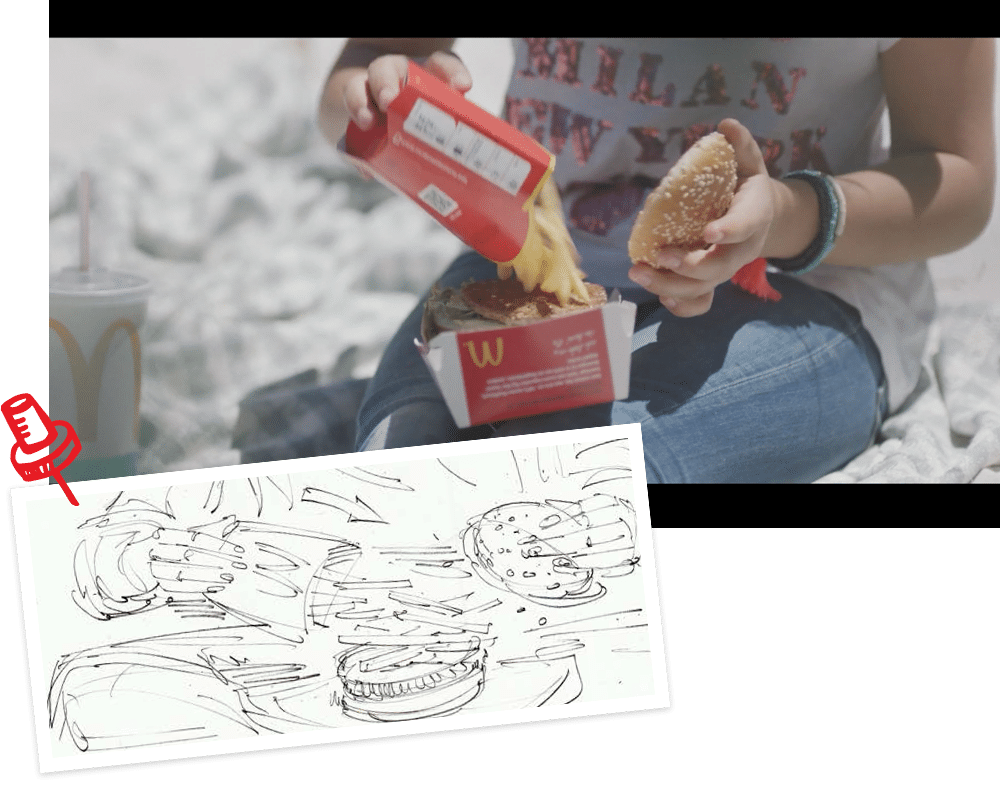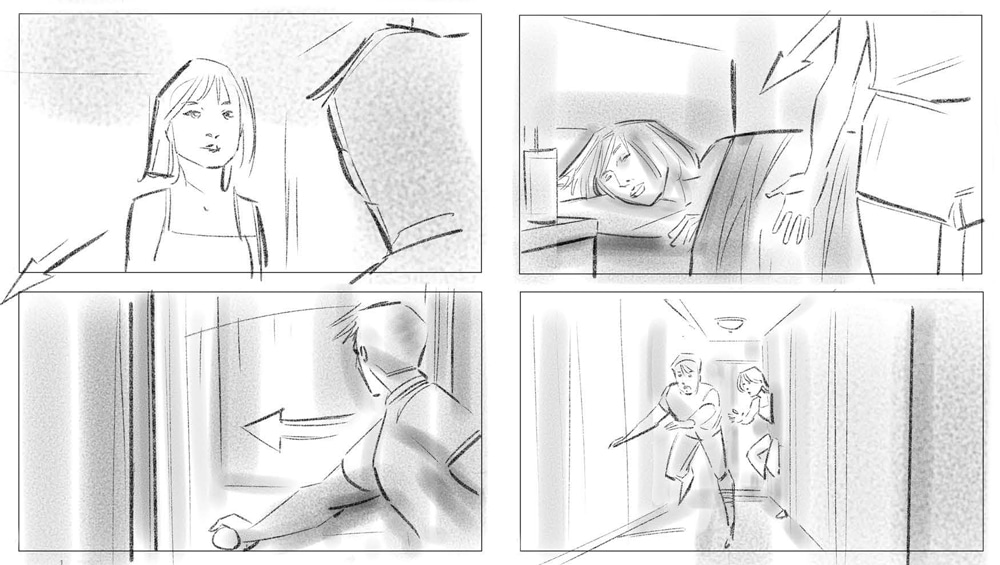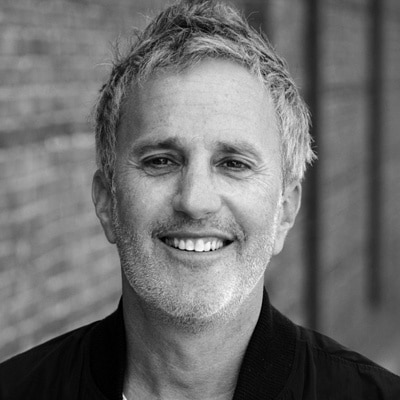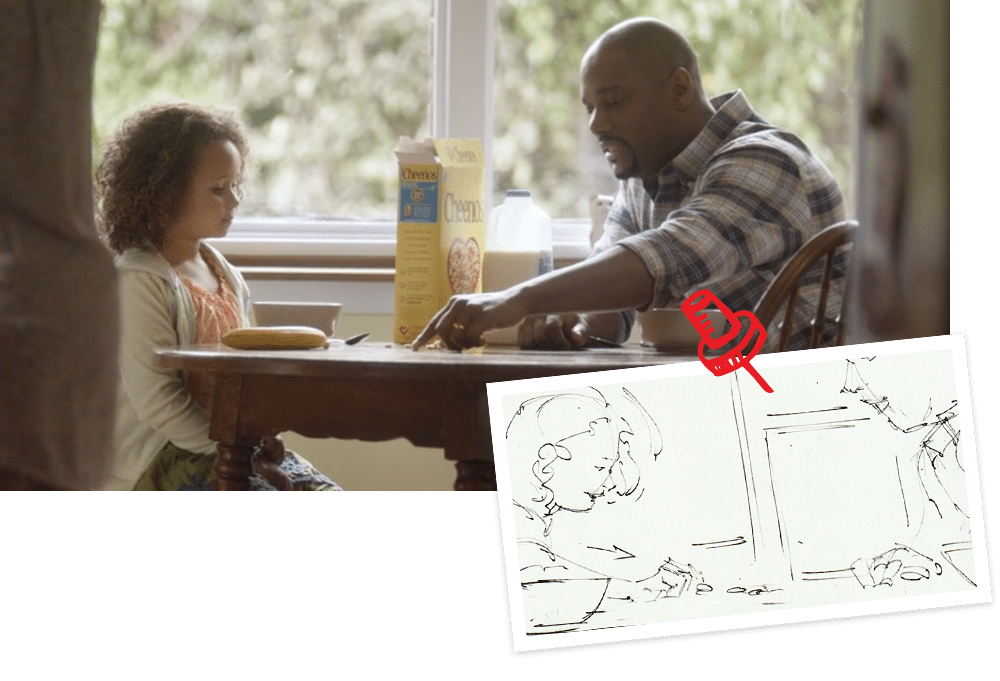Matt Smukler is an award-winning film and commercial director with SUPPLY & DEMAND, a live-action production company.
He’s directed ads for Toyota, MINI, Nike, McDonald’s, Coca-Cola, NFL, Budweiser, MTV, Reebok, AT&T, Absolute, XBOX, Verizon and other leading brands.
Over the past decade, Matt earned a reputation as a 360-degree storyteller known for his ability to tell heartfelt, moving stories across multiple platforms. Matt was nominated for the Best Direction award at the Association of Independent Commercial Producers Awards.
Here’s Matt’s experience being a Saint James Studios client and frequent collaborator with lead storyboard artist Joe James.
With Joe’s natural storytelling abilities, sometimes he will offer other ideas to me. Even for someone who is visual like me, it’s nice to look at things from different angles and have more than one option to choose from.
I’ve worked with Joe for almost 18 years now. He was referred to me by another director, and we’ve worked together on many storyboard projects ever since.
Storyboards’ Role in the Creative Process
As a Commercial Director, I find that while my clients might be conceptual thinkers, what’s harder is getting them to imagine the visuals.
That’s why Joe’s storyboards play such a key role in my creative process — they help my clients see what the commercial will look like. Storyboards put everyone at ease because they can track along with me to understand how the story will unfold, which moves the project forward.
Joe’s a Natural Storyteller
Joe’s got great storytelling instincts. I noticed this early on when we first started working together. Over the years of collaborating with Joe, we developed a shorthand that speeds our process along. This makes my life so much easier! I’ll make a shot list and talk it through with Joe — he doesn’t require any preliminary scribbles from me — and then he’s off to start drawing.
Today, treatments and pitches are so involved and expensive that, as a director, you almost have to work out the storyboard in your head before even knowing if you’ll get the job or not. And even with the technology we have, working with a pencil and paper on a storyboard is still the best, most economical way to get through the early phases of a project.
Virtual Collaboration
I live in Los Angeles and Joe is in New York. Before COVID-19, I would shoot in New York way more, and Joe and I would occasionally get together to work in-person. But I can count on one hand the number of times that’s been.
Working by phone with Joe is easy. I’ll give him a shot list, and he’ll send me some rough drawings — then I’ll react and respond to those.

European Agency and McDonald’s
McDonald’s was another fun project with Joe. The agency was in Europe, but I still like to bring him in wherever I am in the world.
What sometimes happens on a project — and it did with the McDonald’s ad — is that you’ll pitch an alternate idea to a client so you can shoot some additional scenes and, for example, have an alternate ending. You get everyone’s sign-off in advance, and when it comes time to shoot, you do the alternate shots. Then, in the editing you can decide which ones are best.
With McDonald’s, they liked an alternate scene better than the original — how the girl pours her French fries on her Big Mac. That scene made it into the commercial, and it’s a favorite moment of mine.

Short Film and Video Work
I work on short films, videos and passion projects, too, and Joe was involved in several.
With a short film, the story doesn’t exist — there’s nothing to board in advance or any beats that we need to hit — and it’s so freeing. I have a bit of a docu-style and don’t marry myself to any frames. We just roll up our sleeves, and it’s such an enjoyable process.
Parting Thoughts
Finding a strong creative partner isn’t easy. And it can be an arduous process if you’re not stylistically or tonally on the same page, going back and forth between a director and storyboard artist.
With Joe, there’s rapport, which makes for a great relationship. He’s positive — a sweetheart of a guy, really — and as collaborative as you could want. That’s why I’ve continued to work with him all these years. He’s also incredibly fast at what he does — bonkers fast, which is also advantageous in my work!
Joe takes his job very seriously, and there’s a real art to the way he works, though he’s much more than an illustrator. Sure, you can find someone to draw your frames, but to find someone who understands the story, like Joe does — that’s so rare.







 Producers…Hire the right storyboard artist (or regret it later).
Producers…Hire the right storyboard artist (or regret it later). Directors…Which Style Storyboard Do You Prefer?
Directors…Which Style Storyboard Do You Prefer?